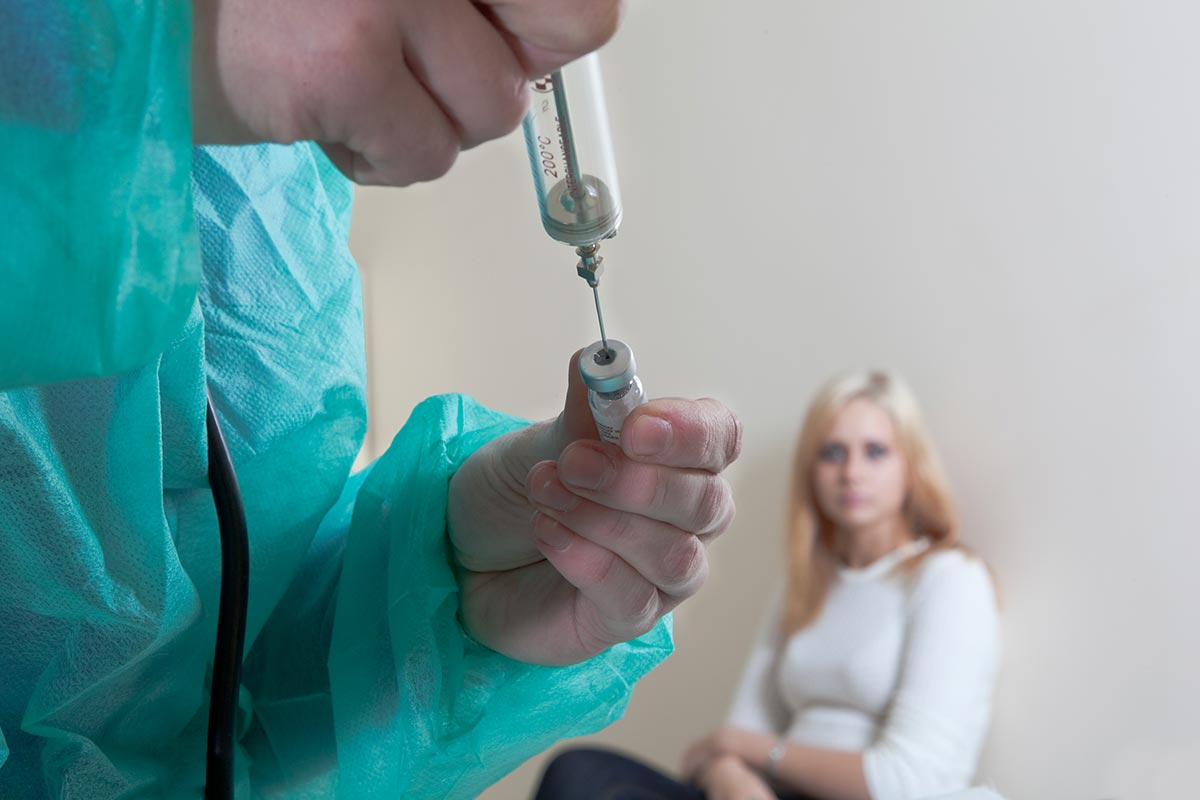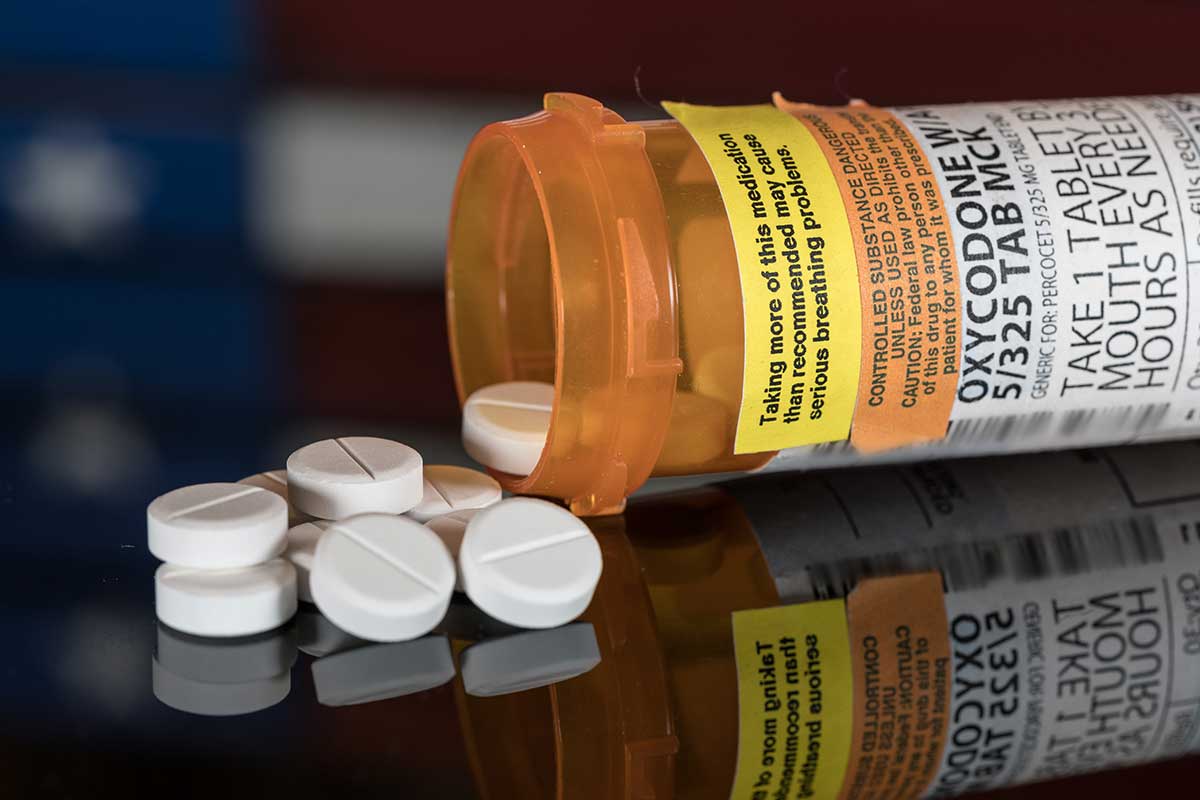Before diving in, it’s important to know what drug diversion is and how it affects patients and others involved in the healthcare system. According to the CDC, when prescription medicines are obtained or used illegally, it is considered drug diversion. Healthcare providers who steal prescription medicines or other controlled substances, such as opioids, for their own use or distribution can put patients and the general population at risk.
The resulting harm towards patients can include:
- Substandard care delivered by an impaired healthcare provider
- Denial of essential pain medication or therapy (Recently seen in Yale’s fertility center scandal)
- Risks of infection (e.g., with hepatitis C virus or bacterial pathogens) if a provider tampers with injectable drugs (listed occurrences in the table below)
History of Notable U.S. Outbreaks Due to Diversion of Injectable Drugs by Healthcare Providers
| Year | Cases | Outbreak |
|---|---|---|
| 2018 | 12 | HCV infections associated with an emergency department nurse at a hospital in Washington. [Read more] |
| 2018 | 6 | Sphingomonas paucimobilis bacteremia associated with a nurse at a cancer center in New York [Read more] |
| 2015 | 7 | HCV infections associated with a nurse at a Utah hospital [Read more] |
| 2014 | 5 | Serratia marcescens bacteremia associated with a nurse in a post-anesthesia care unit at a hospital in Wisconsin [Read more] |
| 2012 | 45 | HCV infections associated with a radiology technician at hospitals in New Hampshire, Kansas and Maryland [Read more: New Hampshire, Kansas, Maryland] |
| 2011 | 25 | Gram-negative bacteremia associated with a nurse at a Minnesota hospital [Read more] |
| 2009 | 18 | HCV infection associated with a surgical technician at a Colorado hospital [Read more] |
| 2008 | 5 | HCV infections associated with a radiology technician at a Florida hospital [Read more] |
| 2006 | 9 | Achromobacter xylosoxidans bacteremia associated with a nurse at an Illinois hospital [Read more] |
| 2004 | 16 | HCV infections associated with a certified registered nurse anesthetist at a Texas hospital |
| 1999 | 26 | Serratia marcescens bacteremia associated with a respiratory therapist at a Pennsylvania hospital [Read more] |
| 1992 | 45 | HCV infections associated with a surgical technician at a Texas ambulatory surgical center |
| 1985 | 3 | Pseudomonas pickettii bacteremia associated with a pharmacy technician at a Wisconsin hospital [Read more] |
Uninvestigation and Prevalence
To start on a good note, according to a 2022 Drug Diversion Trends Report by Kit Check, the trend of potential drug diversion does seem to be headed in a positive direction. From the first quarter of 2020 through the fourth quarter of 2021, the rate of discrepancies dropped from 12% to 8%.
Of this 8%, Fentanyl accounted for 22% of cases flagged, then Midazolam at 13%, and then both hydromorphone and morphine were each involved in 10% of cases. However, over half of all cases go uninvestigated. This is often thought to be caused by the covert nature of diversion and the culture within healthcare institutions, leading diversion to either be unreported or even undiscovered. According to a study, numerous investigations and studies found that about 10% of US healthcare workers abuse controlled substances, a rate that matches the abuse that happens among the US population.
According to Kit Check, nurses were the most prominent abusers, with 84% of variance involving them, likely a result of their central role in handling medication. Anesthesiologists and nurse anesthesiologists were in a distant second and third place.
The Multiple Ways Diversion Happens
According to the Department of Justice, most pharmaceuticals that are abused in the US are diverted by doctor shopping, forged subscriptions, theft, and, increasingly, via the internet. All 50 states, the District of Columbia, and Guam have implemented some form of prescription drug monitoring programs (PDMPs) in their legislation as of 2021. The programs facilitate the collection, analysis, and reporting of information regarding pharmaceutical drug prescriptions. Below are the ways that diversion still goes on, however, and the ways they continue to stay under the radar.
Doctor Shopping
One of the most common ways that diversion happens is through a term known as doctor shopping. This is typically done by visiting numerous doctors in an attempt to obtain multiple prescriptions for the drugs, particularly prescription narcotics such as OxyContin, Percocet, Percodan, and most recently, Fentanyl. “Doctor shoppers” often falsify or exaggerate symptoms in order to obtain prescriptions for pharmaceuticals and often visit doctors that they believe to be more likely to write prescriptions for such drugs. After, the shoppers will typically have their prescriptions filled at multiple pharmacies in order to avoid detection.
Prescription Fraud
Prescription fraud typically includes a variety of schemes commonly used to divert pharmaceuticals, such as forging or altering prescriptions, producing counterfeit prescriptions, and calling in fictitious prescriptions to pharmacies by impersonating a physician. Pharmacists will often recognize prescription fraud, especially when they are forged, altered, or offered counterfeit prescriptions because the prescriptions are often written in unfamiliar handwriting (neglecting to use abbreviations or misnomers). These prescriptions will also include prescription quantities, directions, or dosages that differ from normal usage.
Unscrupulous Physicians
Illegal prescribing, diversion, and selling of prescriptions by unscrupulous physicians is also a prevalent practice. Typically, corrupt physicians will create fraudulent prescriptions to obtain drugs for personal use, write prescriptions for individuals without a legitimate need for a fee, or order more prescriptions than needed to sell later on in black markets. They also sometimes will team up with other pharmacists who are involved in similar drug trading practices.
Theft
Millions of pharmaceutical drug dosage units are diverted each year through theft from pharmacies, manufacturers, distributors, importers/exporters, and individuals with legitimate prescriptions. In 2019, there were about 6.1 million units that were never accounted for. Employees of pharmaceutical drug manufacturers and commercial distributors account for much of the pharmaceuticals diverted through theft; however, others steal pharmaceuticals as well.
Pharmacy managers and law enforcement agencies in areas that have experienced a high number of pharmacy break-ins and armed robberies have taken specific steps to reduce pharmaceutical theft. For example, many pharmacies have stopped distributing specific pharmaceuticals that thieves most often target, such as OxyContin. Law enforcement in some communities, such as Boston (MA) and Pikeville (KY), have increased patrols in and around pharmacies to deter or detect break-ins and robberies.
Online Pharmacies
Some pharmacy websites operate legally and offer convenience, privacy, cost savings, and safeguards for purchasing medicines. However, pharmaceuticals are increasingly diverted via the Internet because many distributors offer prescription drugs to customers without requiring a prescription, physician consultation, or verification. Estimates as to the number of Internet pharmacies vary widely.
Many unsafe online pharmacies use fake “storefronts” to mimic licensed pharmacies or to make you think their medicines come from countries with high safety standards. But the medicines they sell could have been made anywhere, with little care or concern for safety and effectiveness. Also, these drugs could be fake, expired, or otherwise unsafe for you and your family. The FDA has an Internet Pharmacy Warning Letter list of known illegal pharmacies, but is not an all-inclusive list of all illegally-operating online pharmacies.
Drug diversion is a multifaceted issue that poses significant risks to patients, healthcare providers, and the general public. From doctor shopping to online pharmacies, there are numerous avenues for diversion. While there have been positive strides in reducing discrepancies, evidenced by the drop from 12% to 8% between 2020 and 2021, there remains a pressing need for vigilance and proactive measures. The healthcare industry, law enforcement, and other regulatory bodies must continue collaborating, innovating, and implementing robust strategies to combat this issue. As consumers, staying informed and practicing due diligence when obtaining medications is crucial. Together, with collective effort and awareness, we can hope to see a future where drug diversion is a thing of the past.



